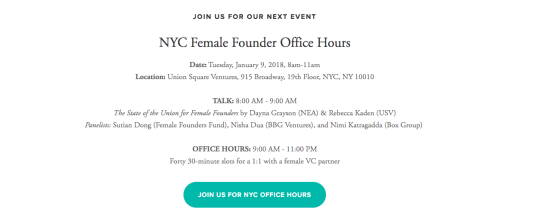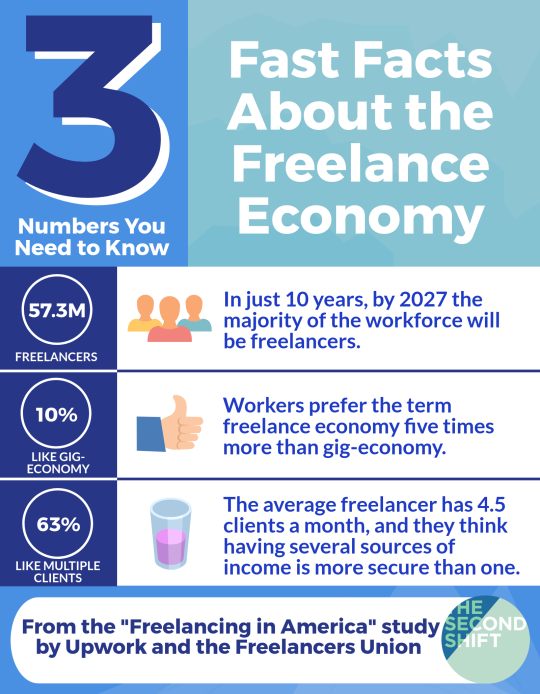
In 2017 Amy Nelson was a successful corporate attorney when she decided to change career course and open The Riveter, a women-focused co-working space; she was also pregnant with her third child. Amy now has two locations, has given birth, and is in the middle of raising money to open her third location. When Gina and I met with Amy last month she showed up to our coffee fresh from a meeting with a venture capital firm and toting her breast pump—she is clearly a woman who is defying the image of what a start-up founder “looks like.”
In fact, instead of family and pregnancy being a hindrance, Amy says it’s been a blessing:
“I had a few advisors tell me that I should “hide” my pregnancy because it would be difficult to raise capital. I opted for a wholly different approach. The Riveter is built to change the landscape for women business owners and freelancers. If we want to make real change, we have to lead the way. I told every potential investor that I was expecting, and also explained how my experience as a mother has made me a much better CEO. “
A recent story in Harvard Business Review focused on women like Amy who are breaking the mold of traditional start-up entrepreneurship and creating businesses in their likenesses. The truth is that not all start-ups start in a garage and not all start-up founders are young men in hoodies working 30 hours a day. This concept mirrors what Gina and I built with The Second Shift–we created the business we wished existed for ourselves and we practice what we preach: flexibility, personal responsibility, empowerment through work.
In fact, women entrepreneurs are successfully building companies that incorporate principles often cited as the core reasons women leave the full-time workforce: work/life balance, paid maternity leave, wage imbalance. The HBR story makes the connection that in some ways working for a start-up is easier for young families, “the startup life can be even more amenable to raising young children than can life at a large corporation, with its more rigid rules and long-established culture.”
As Amy says, “I wanted to build The Riveter, but at the same time my husband and I wanted to grow our family. We decided that if we put the right village in place, we could make it happen.” Gina and I can definitely attest to that—starting our own business, fundraising, traveling while raising children is not easy and some weeks are a planning and logistical nightmare, but it is a thrilling ride and with good help, patience, late nights, and lots of coffee we’ve learned how to build in bandwidth to be good parents and good leaders.
Breaking a mold, disrupting the disrupters—that is what women who found and grow start-ups are doing. It’s why it is so important for women to stay engaged in the workforce and support each other and why The Second Shift is the tool to do so!







